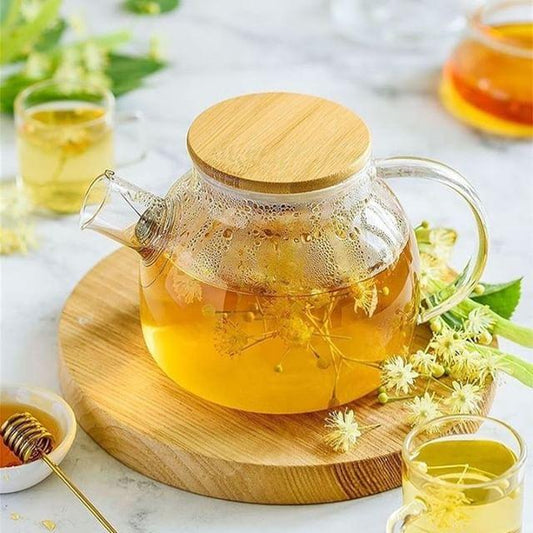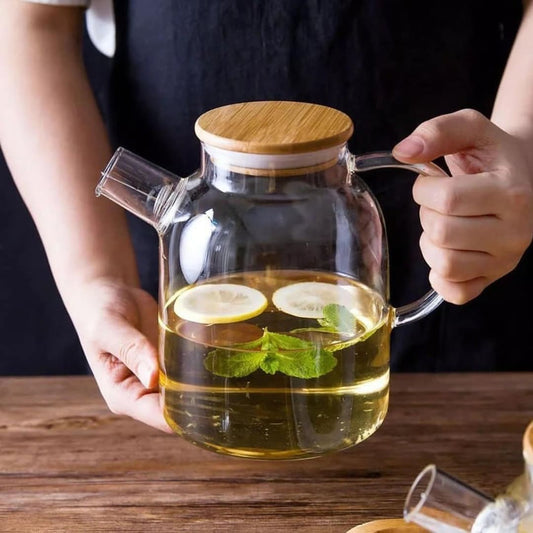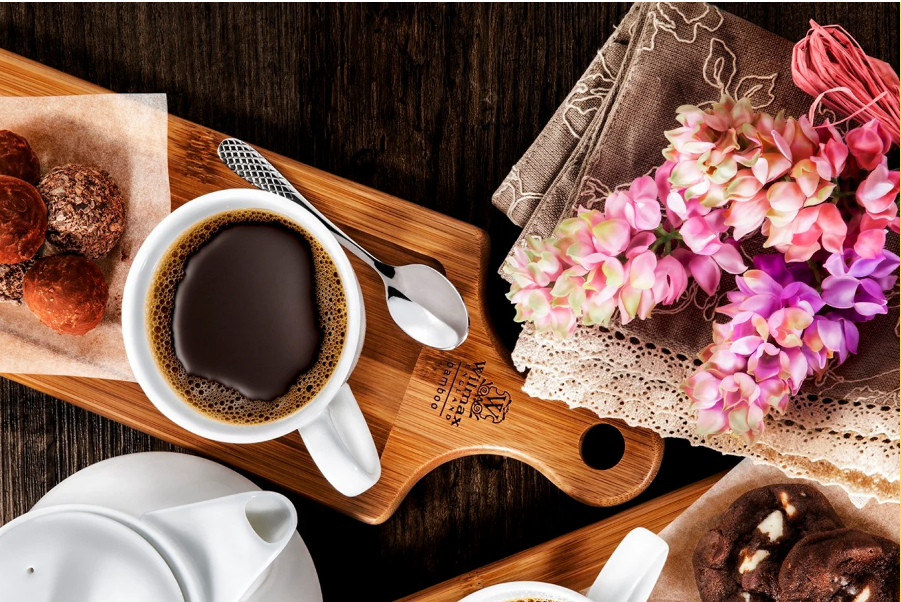Homebrewing 101: Tips for Your First Batch of Cider or Mead

Crafting your own fermented beverages at home is both rewarding and surprisingly accessible. Whether you’re drawn to the crisp sweetness of hard cider or the honeyed warmth of mead, the basic principles overlap—and the creative possibilities are endless. Here’s a step-by-step guide to get you started on your first batch.
1. Why Try Cider or Mead Now? 🍏🍯
- Seasonal abundance: Apple season makes fresh-pressed juice easy to source, while local honey harvests often peak in summer.
- DIY craft trend: Homebrewers love experimenting beyond beer—cider and mead offer approachable alternatives.
- Flavor control: You decide sweetness, spice additions, and final strength—no two batches need taste the same.
- Minimal equipment: Compared to wine or beer, you need only a handful of basic tools.
2. Essential Equipment & Ingredients 🛠️
| Equipment | Purpose |
|---|---|
| 1–2 gallon fermenter | Vessel for primary fermentation |
| Airlock & stopper | Allows CO₂ to escape without letting in air |
| Siphon tubing & bottling bucket | Transfers liquid off sediment |
| Sanitizer | Keeps equipment microbe-free |
| Hydrometer (optional) | Measures sugar content for ABV estimate |
| Bottles & caps or corks | For packaging the finished brew |
| Ingredient | Role |
|---|---|
| 100% apple juice | Base for cider—no preservatives or added sugar |
| Honey | Fermentable sugar and flavor for mead |
| Brewing yeast | Champion yeast strains for cider/mead |
| Yeast nutrient (mead) | Ensures healthy fermentation |
| Spices or fruit | Cinnamon, cloves, berries, or ginger for flavor |
3. Step-by-Step Guide 🔬
3.1 Sanitization
Thoroughly clean and sanitize all equipment. Any contamination can lead to off-flavors or stalled fermentations.
3.2 Preparing the Must or Wort
- Cider: Pour apple juice into the fermenter. For extra body or strength, dissolve ½ lb sugar per gallon in warm juice.
- Mead: Warm 1–1.5 lbs honey per gallon of water (don’t boil). Pour into fermenter, top with cool water, add yeast nutrient.
3.3 Pitching Yeast
When your liquid is 65–75 °F, sprinkle or stir in yeast. Secure the airlock and ferment in a dark, stable-temperature spot.
3.4 Primary Fermentation
Let bubble 1–2 weeks. Use a hydrometer: stable readings for two days mean fermentation is done.
3.5 Racking & Clarifying
Siphon off sediment into a clean vessel. Rest 1 week to clarify.
3.6 Bottling
Prime with 2 tsp sugar per gallon for carbonation. Bottle, cap, and condition 1–2 weeks at room temperature.
4. Flavor & Troubleshooting Tips 🛠️
- Adjust sweetness: Stabilize with Campden and sorbate, then back-sweeten as desired.
- Spice it up: Add cinnamon sticks or vanilla beans in secondary fermentation.
- Watch temperature: Keep 65–75 °F to avoid off-flavors or stalled yeast.
- Prevent oxidation: Minimize splashing when racking to preserve fresh aromas.
- Be patient: Mead benefits from 1–3 months aging for mellowed, integrated flavors.
5. Enjoying & Sharing 🎉
- Serve cider: Chill to 40–50 °F for crisp refreshment.
- Serve mead: Enjoy cool at 55–65 °F or at room temperature like light wine.
- Pairings: Cider with pork and sharp cheese; mead with nuts, fruit tarts, or creamy cheese.
- Gift: Bottle in swing-tops or corks, add a handwritten label, and share your craft with friends.
Share:





